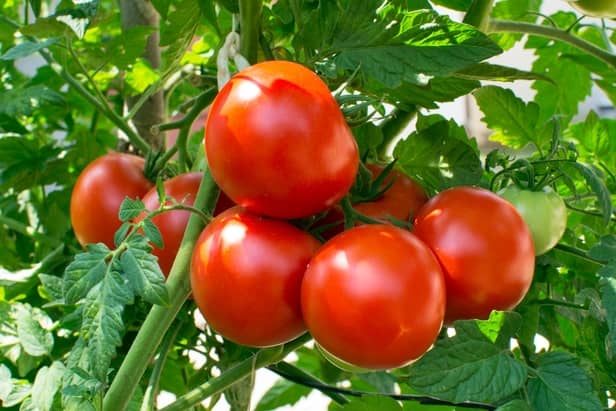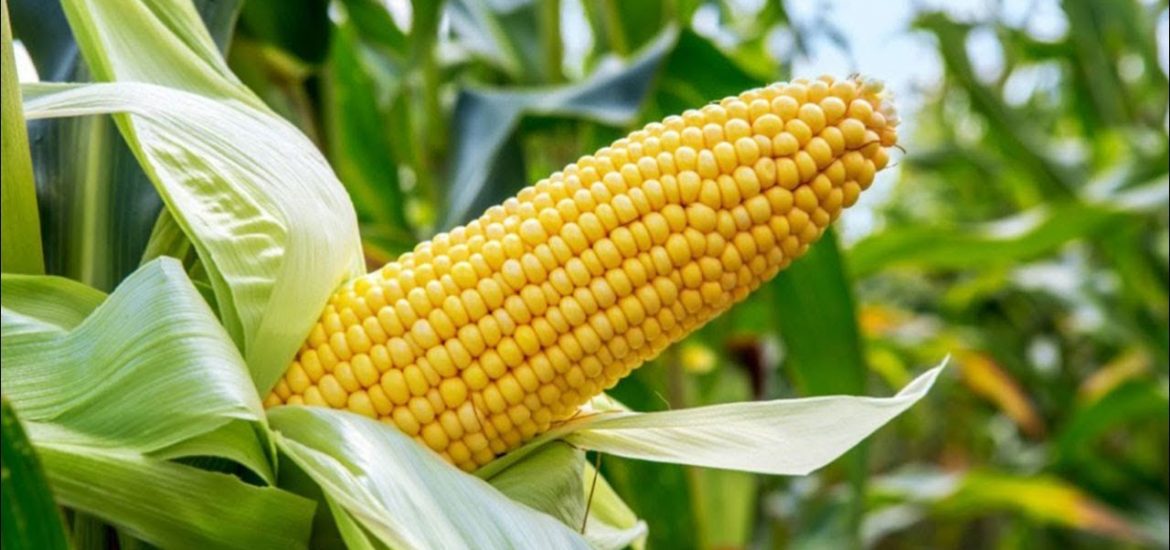Back to: AGRICULTURAL SCIENCE JSS2
Welcome to Class !!
We are eager to have you join us !!
In today’s Agricultural Science class, We will be discussing the Husbandry of Selected Crops. We hope you enjoy the class!
Tomato: Lycopersicon esculentum
Description of Tomato
This is an annual vegetable crop grown for its fruits. The plant has a weak hairy and triangular stem which bears side branches. It has compound leaves, borne alternately on the stem and branches. Tomato bears yellow flowers; the fruit is green and turns red, pink or yellow when ripe. The fruit can be eaten raw/ cooked, used for soup or stew preparation, or in preparing vegetable salad and other food.

Varieties of Tomato
Cultivated varieties of tomato are Roma, Bonny best, Hot set, Ife plum, Romita, money-maker, pork, and local cultivars.
Land Preparation for Tomato Cultivation
Land clearing is done manually with a cutlass, ridges are made with a hoe, or can be prepared by ploughing, harrowing and ridging.
Method of Propagation
Propagation is by seed planted either directly or first in a nursery and later transfer to the field. The planting could be by drilling or broadcasting.
Soil Requirement
It does best in a rich drained loamy soil.
Climate
Tomato is a warm-season crop and does best under dry condition. Annual rainfall is 750mm. Temperature is between 20ºC to 25ºC.
Planting Date
Early September to October
Seed Rate
5-10kg of seeds/ha
Nursery Practices
It is done on ground, beds or seedboxes. Seeds are sown in drill 5cm apart and 2.5cm deep shading, mulching, weeding and watering are done. Nursery last for 3 weeks when the plants are at the three-leaved stage
Spacing
60cm × 60cm without staking
50cm × 30cm with staking
Transplanting
Transplanting is done after the seedlings have reached about 15-20cm tall. This is about 25-30days. The plants should have attained up to 4-5 leaves stage before transplanting to the field. Planting in the field is 45-60cm between rows and 30-45cm between plants. Transplanting should do in the evening or during cool weather together with a ‘ball of the earth’ to ensure the survival of the seedlings.

Cultural Practices
Weeding
Watering (this should be done immediately after transplanting morning and evening)
Fertilizer application: NPK 15:15:15 and organic manure are necessary
Staking: This is to enable plants to stand erect and prevent lodging. It also allows for good fruiting and keeps the fruit from disease attack arising from contact with soil.
Harvesting, Processing and Storage
Tomato matures between 2-4 months after planting (from transplanting). Harvesting is done by handpicking and it starts from two months. For a short period, tomato can be stored in a refrigerator or spread on the floor in an airy room. For long-term storage, tomatoes are turned into a paste and canned.
Tomato pests
- Aphids
- Budworms
- Cutworms
- Looper caterpillars.
- Two-spotted mite or red spider mite.
- Root-knot nematode.
- Thrips
- Tomato russet mite or tomato mite
Maize: Zea mays
Description of the Plant
Maize belongs to the family Graminae which originated from America and has become one of the main food crops in West Africa. It is used in various forms as food by man and it’s also used as livestock feeds. It is a monocotyledonous annual plant which reaches a height of about 1m to 3m. The stem is soft and is divided into several internodes by the nodes. The leaves are long, flat with midribs and parallel veins. The plant is shallow-rooted and has adventitious roots underground. Some of the adventitious roots also develop at the lower internodes of the stem above the ground. These are called prop root. Maize has both the male and female flowers on the same plant. The male (tassels) are borne in the terminal pinnacle while the female flowers are borne in the combs or ears. The fruit is one-seeded.

Varieties of Maize
Some varieties of maize are flint, floury, dent, yellow (TZRS), White Maize (Ferz 27) and hybrid maize such as 8434-11
Method of Propagation
Maize is propagated by seed (sexual)
Climatic and Soil Requirement
It requires a temperature of about 10ºC and 46ºC.
Management
Use seeds pelleted with insecticides (see sorghum)
Seed treatment with imidacloprid 70 WS 10 g/kg of seeds.
Plough soon after harvest, remove and destroy the stubbles.
Set up the TNAU low-cost fish meal trap 12/ha till the crop is 30. days old.
Soil application of phorate 10%CG 10 kg/ha at the time of sowing
We have come to the end of this class. We do hope you enjoyed the class?
Should you have any further question, feel free to ask in the comment section below and trust us to respond as soon as possible.
This is the last Agricultural Science class of JSS2. We’ve had a remarkable and educative journey together and can’t wait to see you in JSS3. We are very much eager to meet you there.
